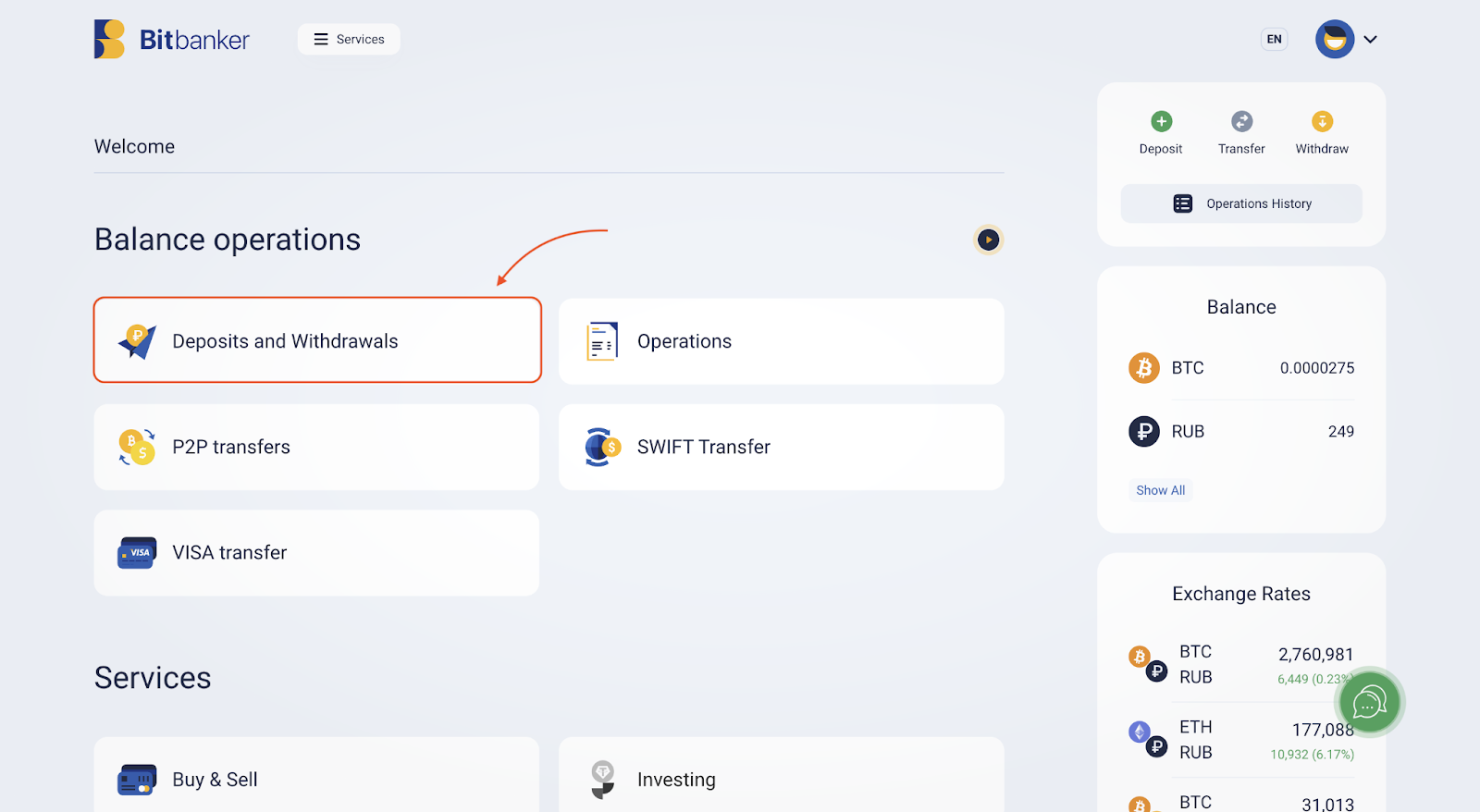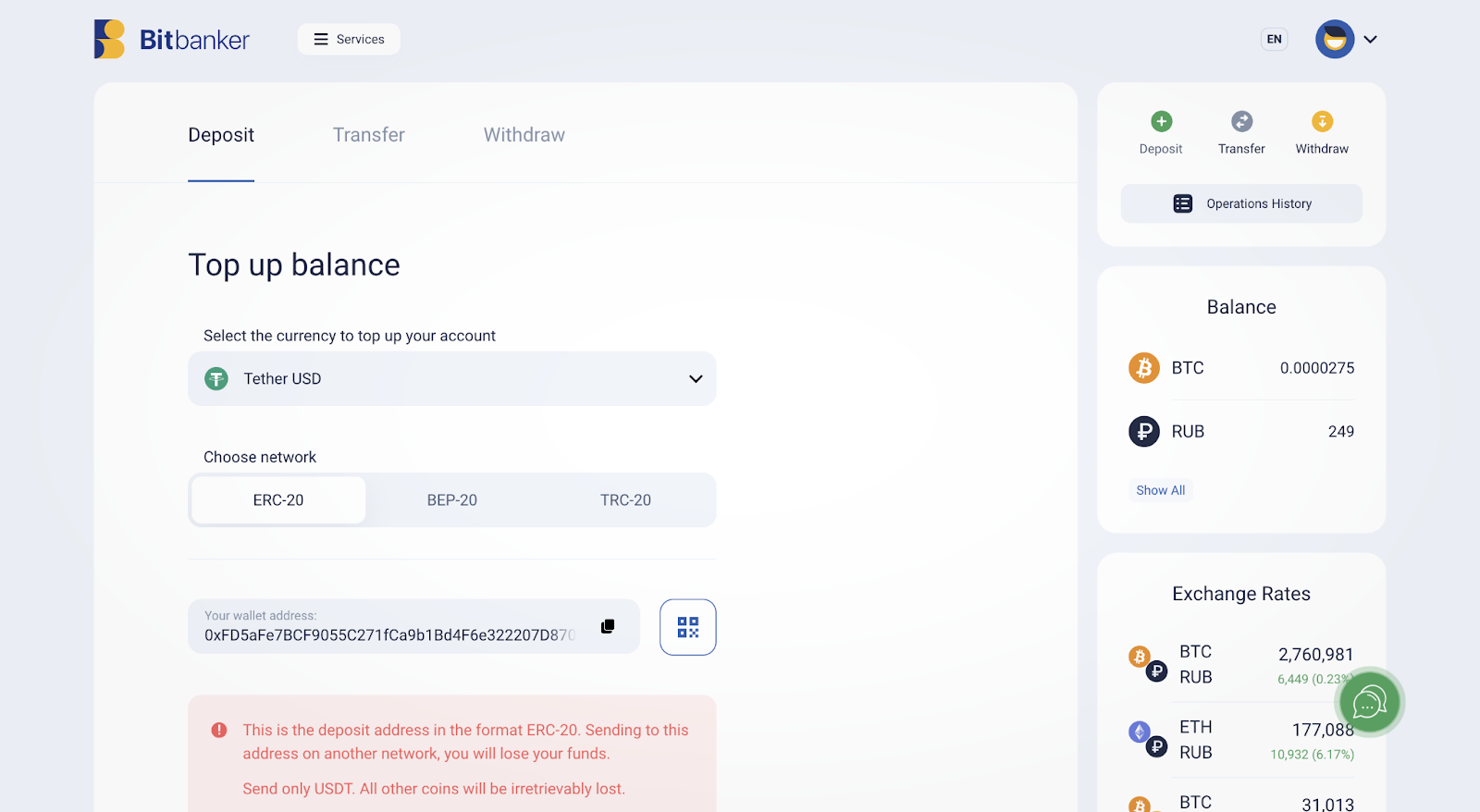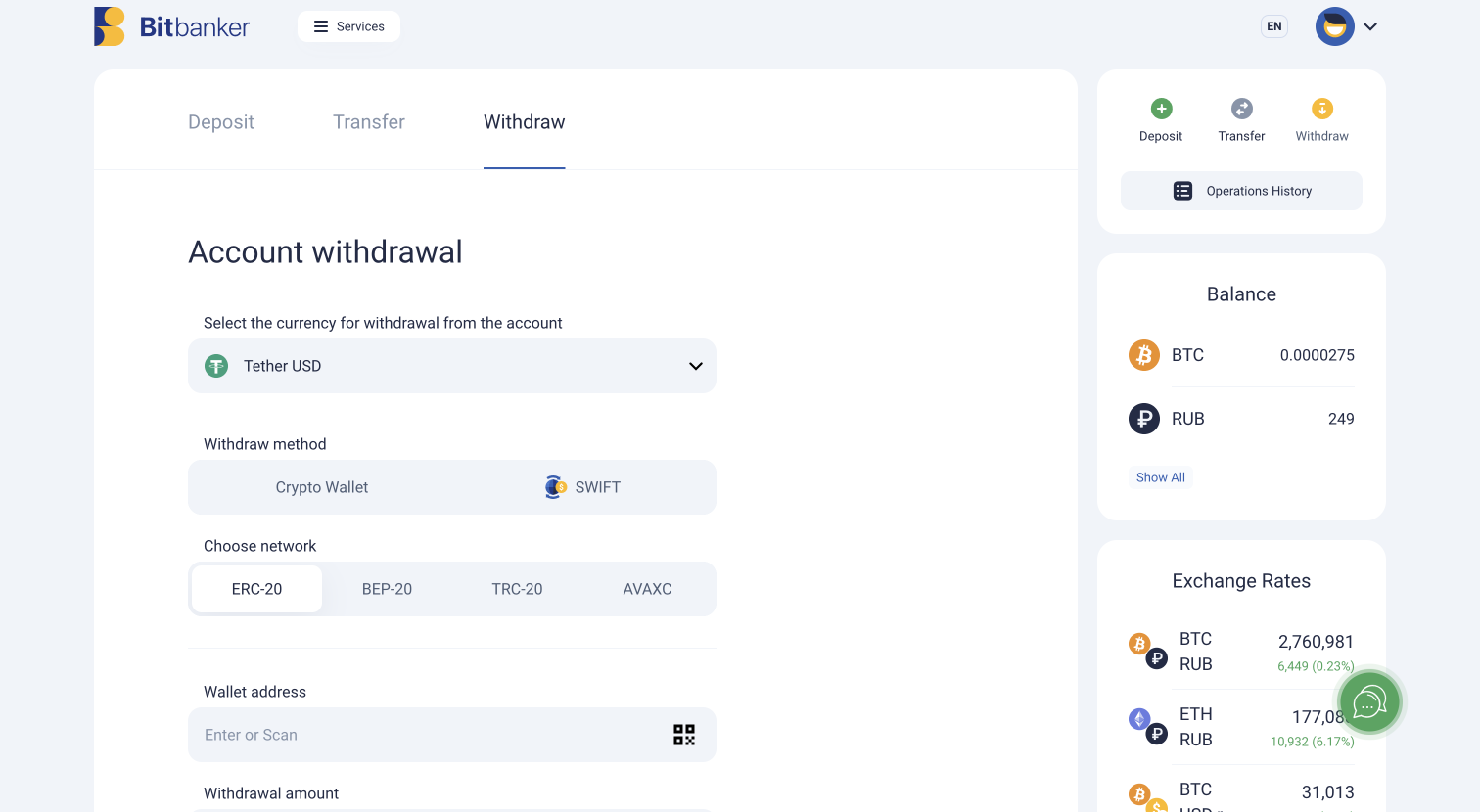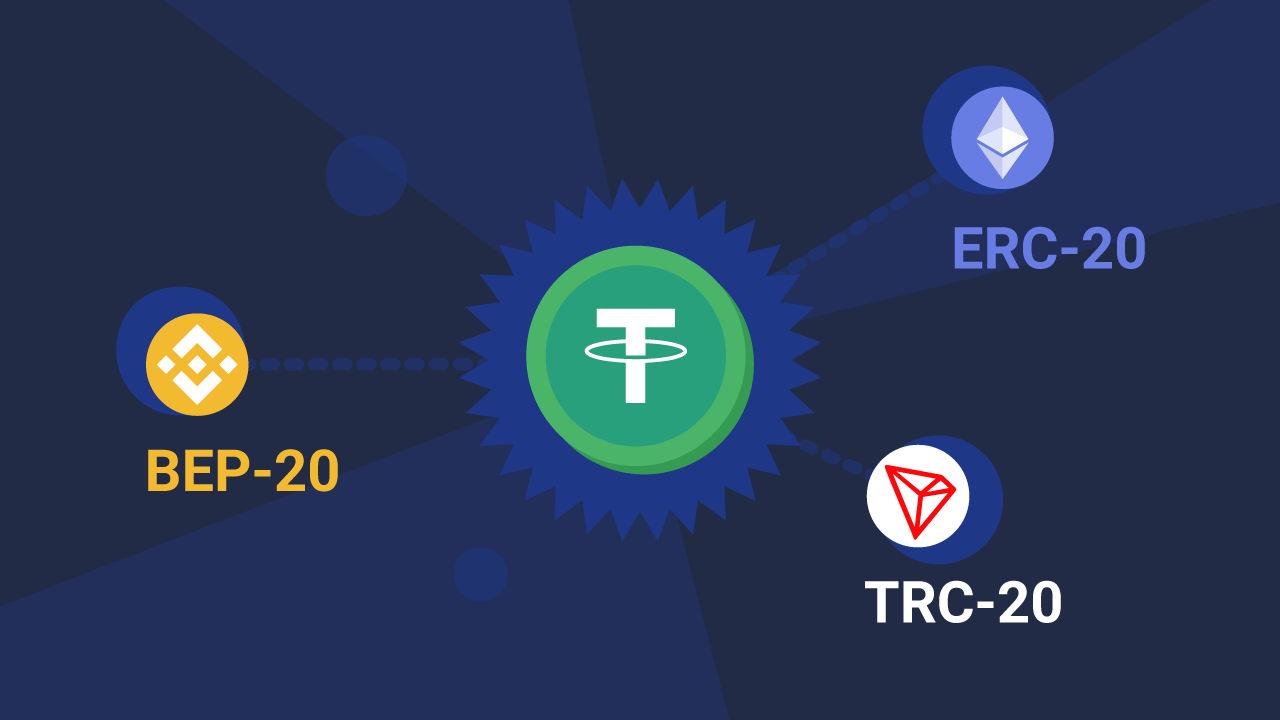First, let’s understand what these networks are:
- ERC-20 — Ethereum blockchain;
- TRC-20 — Tron blockchain;
- BEP-20 — Binance Smart Chain blockchain.
These blockchains differ from each other in terms of compatibility with various platforms and wallets, transaction speed, degree of decentralization, and transaction fees.
The choice of network for USDT depends on the purpose for which the stablecoin will be used.
ERC-20
ERC-20 tokens are among the most popular ones. They are supported by many exchanges and wallets. Additionally, such tokens are compatible with most DEXs, unlike TRC-20, as a vast majority of decentralized applications and platforms use the Ethereum blockchain.
The Ethereum blockchain is more decentralized than Tron and Binance Smart Chain:
- Ethereum has several thousand validators.
- Tron has 27 validators.
- Binance Smart Chain has 21 validators.
Decentralization plays a role in data distribution and the network’s dependence on the operational capability of specific validators. Since Ethereum utilizes a significant number of validators, the failure of several or even hundreds of them would not significantly impact the network. The remaining validators can handle the load.
The risk of lesser decentralization lies in the control of the network’s operation by its creators. For example, Binance selects validators for the Binance Smart Chain.
There is even a joke in the crypto community about the validators of Binance Smart Chain.

The main downside of ERC-20 is the high cost and long transaction time.
TRC-20
TRC-20 tokens are popular due to fast transactions and low fees. USDT (TRC-20) is supported on most centralized exchanges.
As mentioned before, TRC-20 is not compatible with decentralized applications and wallets based on Ethereum. For example, you cannot add USDT (TRC-20) to the MetaMask wallet.
TRC-20 is only supported in protocols and DApps based on Tron, but they are less popular compared to their Ethereum-based alternatives.
BEP-20
The BEP-20 standard emerged after the creation of the Binance Smart Chain blockchain. BSC is another blockchain within the Binance ecosystem, with the first network called Beacon Chain.
BSC was designed to integrate smart contracts into the ecosystem. Binance Smart Chain is compatible with the Ethereum Virtual Machine (EVM), allowing developers to easily migrate their Ethereum-based projects to BSC.
Compatibility also enables easy integration of the blockchain with platforms and wallets developed on Ethereum. For example, BEP-20 standard tokens can be used in MetaMask.
In the context of using USDT, the BEP-20 network provides a solution to reduce transaction costs and shorten processing time. Meanwhile, the token will be supported on platforms built on Ethereum.
Advantages and Disadvantages of Networks
- BEP-20 and TRC-20 offer high transaction speed and low fees. Transactions with ERC-20 tokens are more expensive and take longer to confirm.
- ERC-20 is the most decentralized.
- TRC-20 tokens are not supported by protocols and DApps based on Ethereum, while BEP-20 and ERC-20 tokens are supported.
- BEP-20 tokens are less commonly encountered in exchanges and peer-to-peer platforms.
How to Deposit and Withdraw USDT through BitBanker
Through Bitbanker, you can deposit and withdraw USDT in the BEP-20, TRC-20, ERC-20, and AVAXC networks.
Step 1: Create an account on Bitbanker
- Create an account on Bitbanker.
- Enter your email address and create a password.
- Click “Register.” After that, you will receive an email with a confirmation code.
- Enter the confirmation code from the email.
Step 2: USDT deposit and withdrawal
Go to the “Deposits and Withdrawals” service.

To top up your balance, select “Deposit”. Choose “USDT” and network “TRC-20”, “ERC-20”, “AVAXC”, or “BEP-20”.

To withdraw USDT, select “Withdraw”.
- Choose Tether and network.
- Enter the amount.
- Click “Withdraw”.

Withdrawal fees:
- TRC-20 — 2 USDT
- BEP-20 — 1 USDT
- ERC-20 — 7 USDT
- AVAXC — 5 USDT
Let us remind you of an important rule: USDT cannot be transferred between different networks. If you send USDT via the ERC-20 network to a wallet with a TRC-20 address, the cryptocurrency will be lost, and no one will be able to help recover it.
Wallet addresses in different networks differ in first symbols:
- 0x for ERC-20 and BEP-20
- 0 for AVAXC
- T for TRC-20
